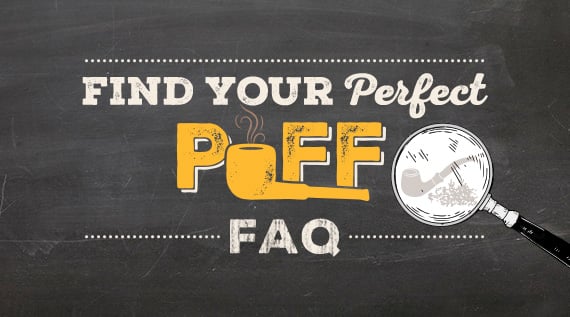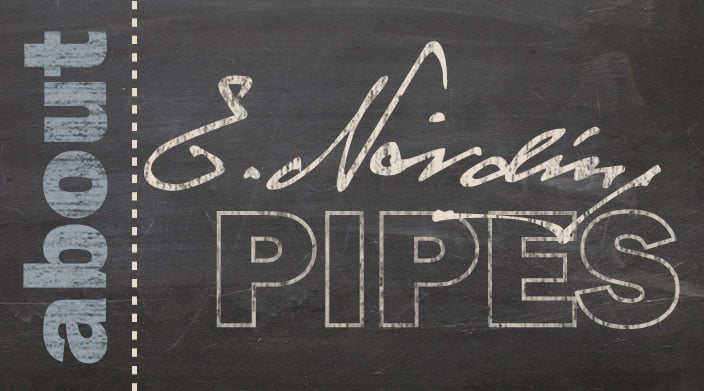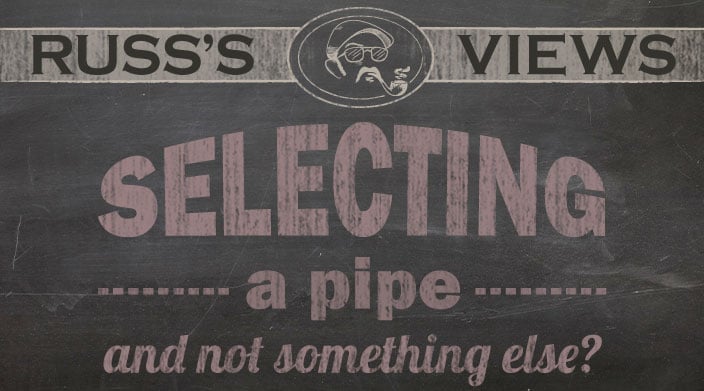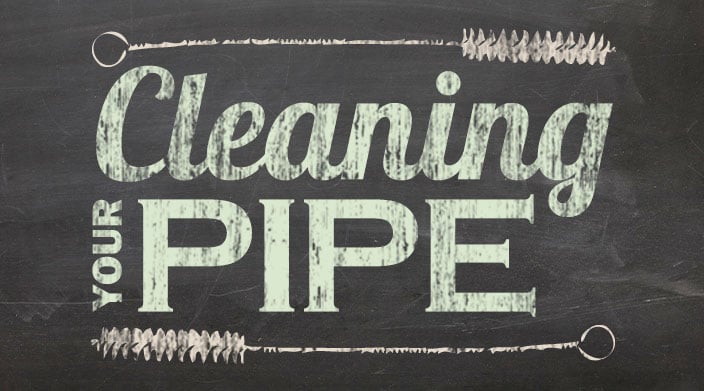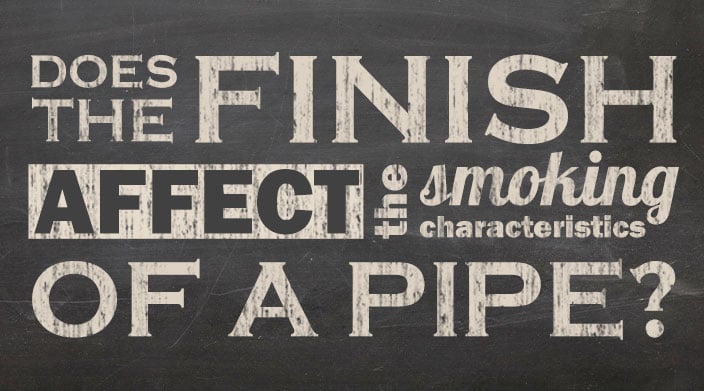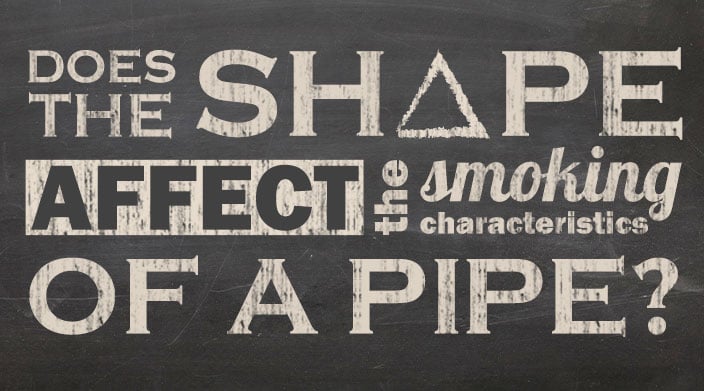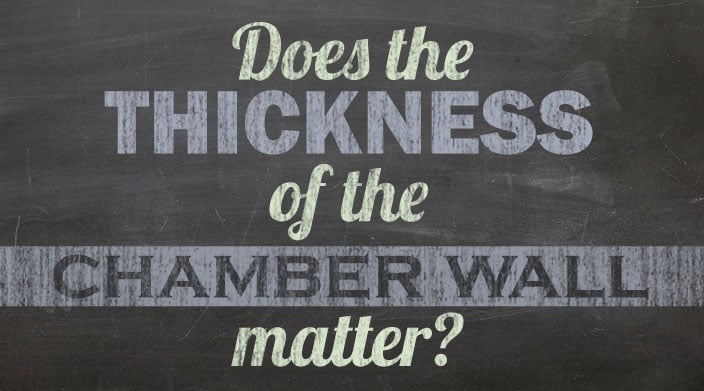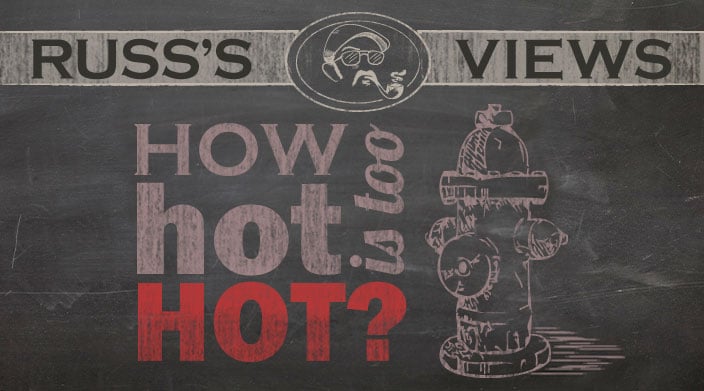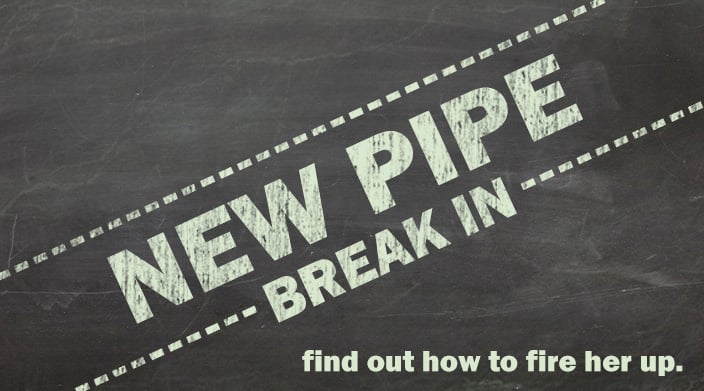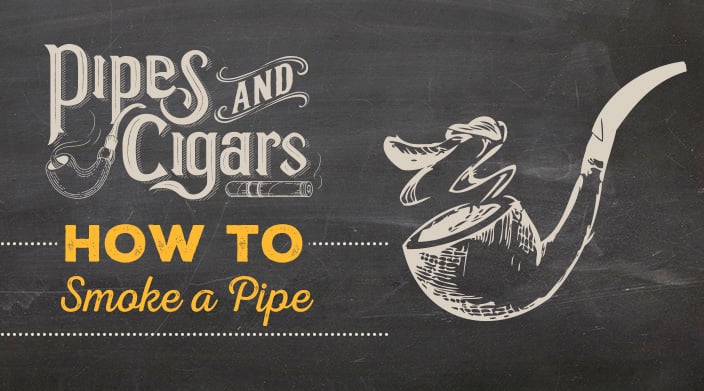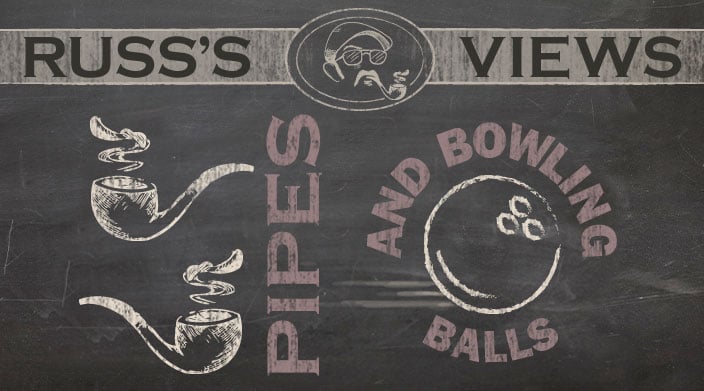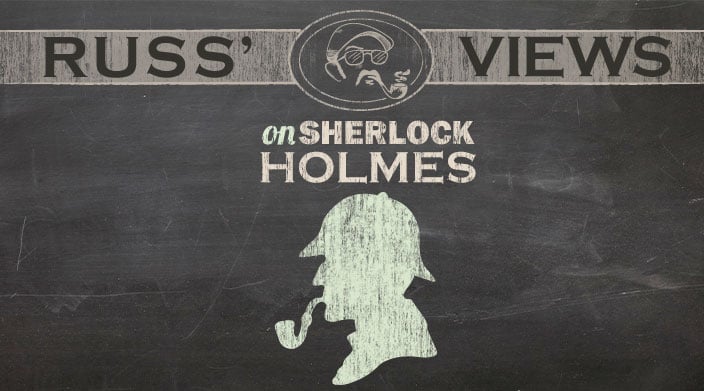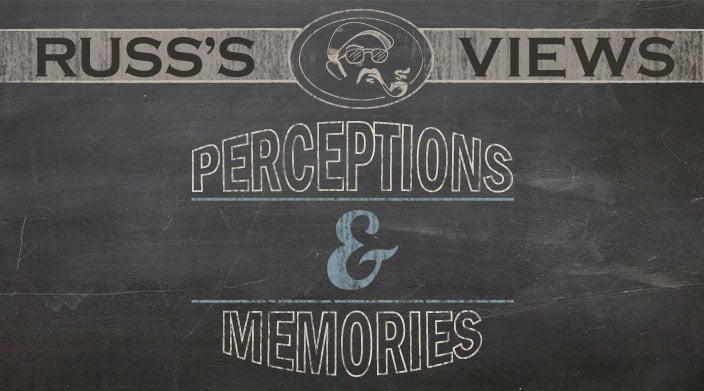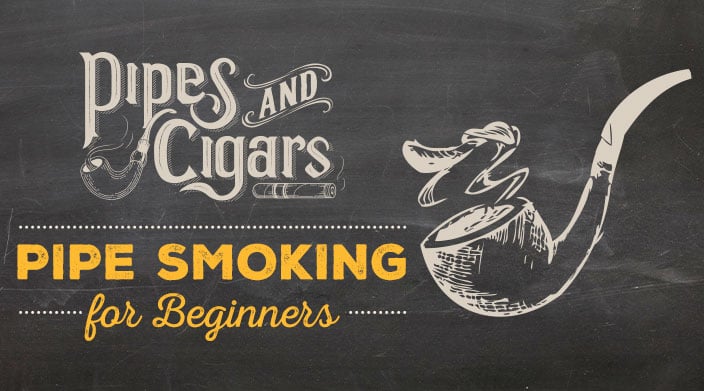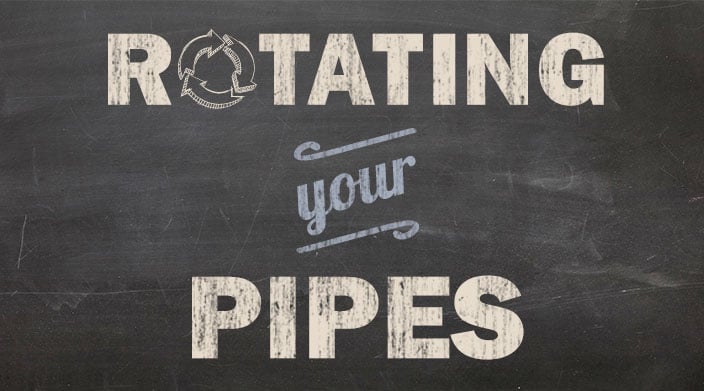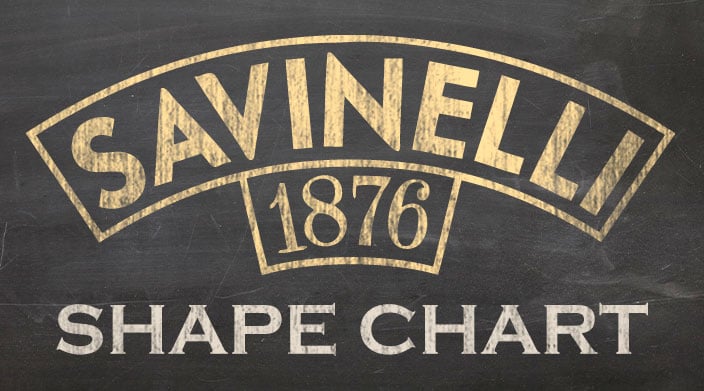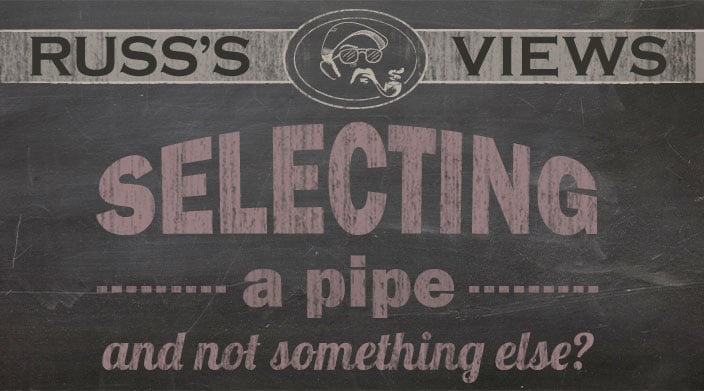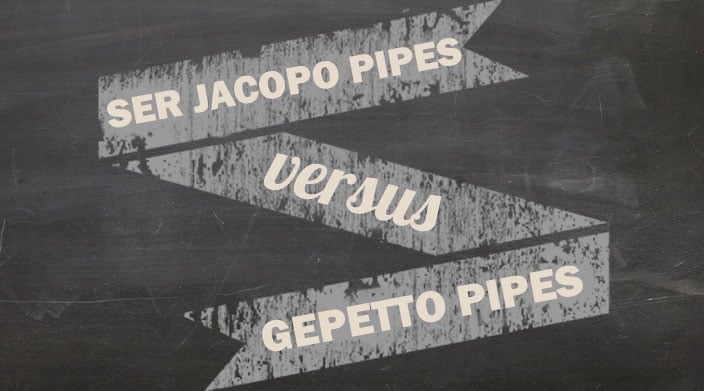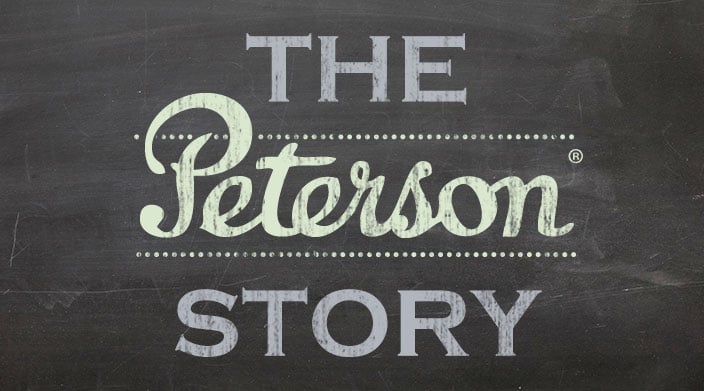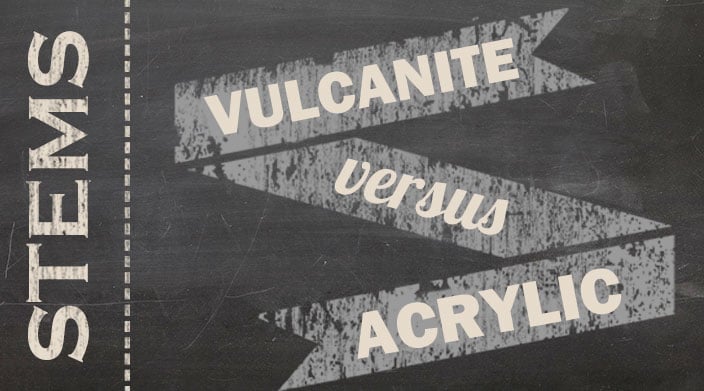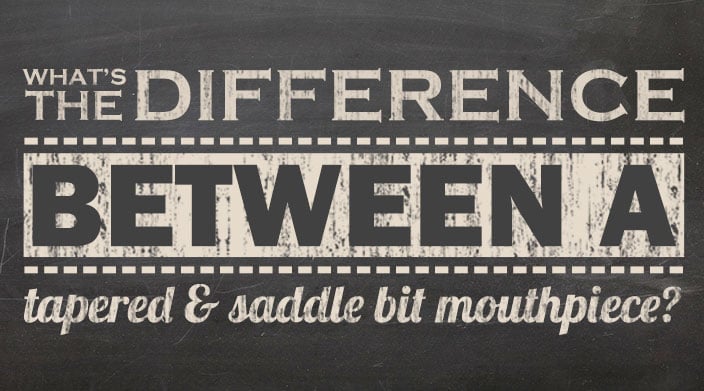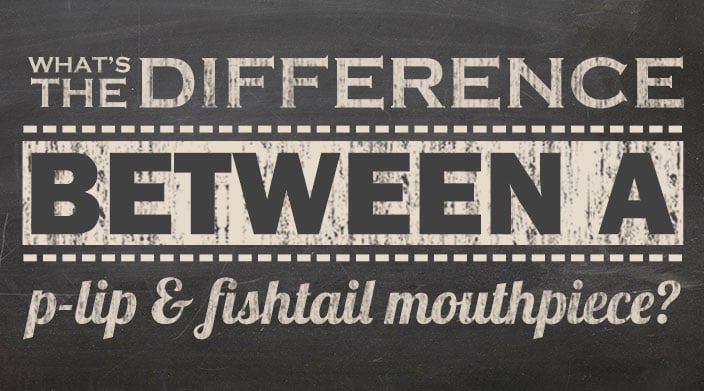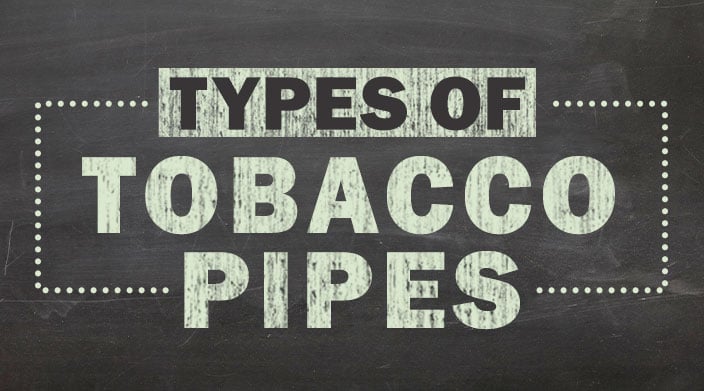There are probably hundreds of different methods for packing a tobacco pipe, and most of them have merit, but there are two principles that are vital for any method to work:
- The tobacco at the bottom of the bowl has to allow for free airflow.
- The tobacco at the top has to be packed firmly enough to stay lit.
Pipe smoking doesn't have to be complicated, but following some simple guidelines will make your experience much more enjoyable.
The "Three-Layer" Method
Since the space to address this subject is limited, we will limit the instruction to the tried-and-true “three-layer” method. As I mentioned before, there are so many different ways to pack a smoking pipe so that it stays lit and smokes coolly. If you come across info for other methods, please give them a try. You may find one that works better for the way you smoke a pipe, but until you find the “perfect” method, here’s the most traditional.
Start by gravity-feeding the pipe to overflowing (sprinkle loose tobacco into the chamber until it mounds up over the top). Next, press the tobacco down until it’s compressed down to about the halfway point. Repeat the gravity feed and pack the tobacco down to the 2/3 to 3/4 level. Repeat the gravity feed and pack the tobacco down until it’s just below the rim of the chamber. At this point, take a draw on the stem. If the draw has a similar resistance to sucking soda through a straw, you’ve done it properly. If it feels like an empty straw, you’ve packed too loosely; if it’s like a thick shake, it’s packed too tight.
Circulate a soft flame (match or non-torch type lighter) around the top of the tobacco while not allowing the flame to actually touch the tobacco, while using a firm, steady puff. The tobacco will rise up during this initial lighting (called the charring light). Tamp the tobacco and relight. The pipe should stay lit with minimal effort. When the draw loosens up (and it will), lightly tamp to keep the pipe going.





